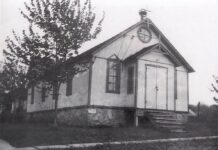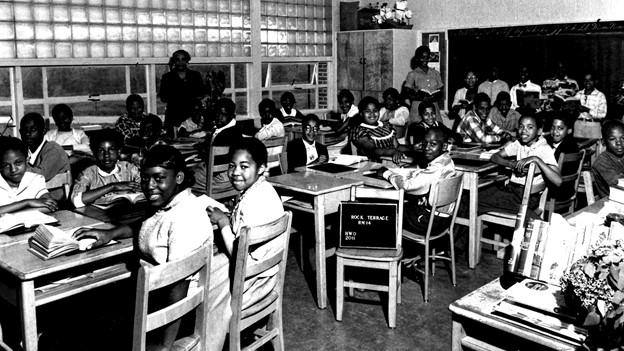
Sometimes history is hidden in plain sight.
Just ask lawyer, and now documentary co-producer, Jason Green. He uncovered his family’s deep roots in a now-lost small town hidden in plain sight and dating back to the 18th century.
“So many people have driven past Pleasant View, a 3-acre piece of land right on Darnestown Road, a thousand times and wondered, ‘What is that little schoolhouse? What’s that little church?’ And they are almost apologetic to me,” he said. “But they didn’t know this history.”
And neither did Green.
After research sparked by conversations with his grandmother Ida Pearl Green, the Gaithersburg native discovered a rich, racially diverse community that flourished for generations in the town of Quince Orchard. Today, we know Quince Orchard as a road and a high school, but for more than a century it was much more than that.
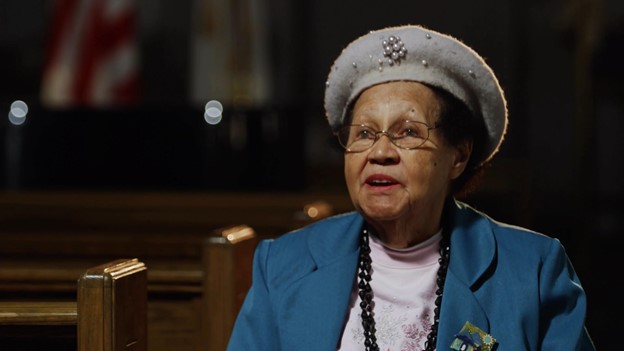
Green said he felt compelled to share this story, which was his but he feels belongs to everyone. The lost history of Quince Orchard is in some ways the quintessential story of America—its divided past, its promise of reconciliation and hope for a better future.
With the help of Quince Orchard High School students, Green’s research project became a 60-minute documentary film, telling the story of two communities—the predominantly African-American Pleasant View Church and two primarily white churches—their history and their moment of reckoning in 1968 in the shadow of Rev. Martin Luther King Jr.’s assassination.
“Finding Fellowship: The Meaning and the Movement” tells of the parallel communities that lived both together and apart, but grew to forge a brother- and sisterhood that upheld small town comity in the face of suburban growth.
“I thought we could reflect ourselves and show this story of the possible … the way a story from our past that is rooted in slavery, rooted in segregation, still demonstrates people’s capacity to bridge divides and come together,” Green said. “Since I started this project eight years ago, the need for those sorts of stories has only increased and we want people to understand the capacity to come together lives within all of us.”
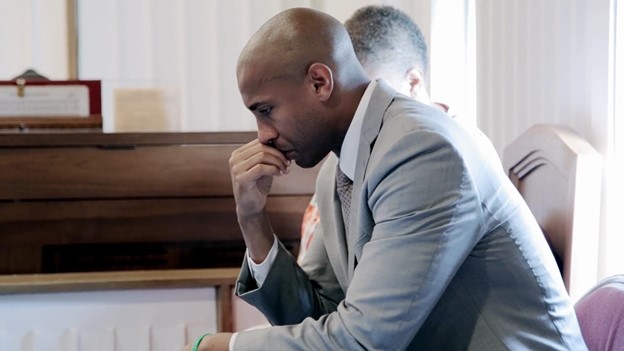
Doers Do
Green’s journey began with his grandmother Ida Pearl Green, who was his afterschool caregiver when he was a child. “My grandmother introduced me to the idea of service. She volunteered at the local hospital/hospice facility at Asbury Methodist in Gaithersburg,” he said, recalling how he accompanied her many times on visits there.
She also shared family history, including how, three years after slavery in 1868, Jason Green’s great-great-great-grandfather Gary Green was one of Quince Orchard’s citizens who contributed funds to buy land for a schoolhouse. “Being the D.C. lawyer that I am, I asked her if it was a good idea for these guys to build a schoolhouse for Black children on the main drag? Surely there was a safer spot.”
Green continued: “She cut me off and said, ‘Jason, the Black kids in the community needed a school. Your great-great-grandfather and other men and women in the community saw that need and took action because they were doers. And doers do.”
Finding Fellowship
The film’s title comes from the name of the street Green and his two sisters—Dr. Kisha Davis and Dr. Maya Green, co-producers on the film—grew up on.
Fellowship Lane was a typical suburban Montgomery County street: Kids took the bus to school, rode bikes, played ball. Families barbecued and mowed their lawns. But 100 years after Quince Orchard’s Black church Pleasant View was founded, the town’s tight-knit church-based congregations were foundering. Membership had dwindled and the two White churches—McDonald Chapel and Hunting Hill—along with Pleasant View, faced closure.
The moment of reckoning came as church leaders were ready to meet to discuss a merger. They learned that King had been shot and realized that bringing the three churches together was more than a financial proposition.
Today the legacy of that merger — made of a moral decision to rise above the racial divide — worships together as Fairhaven United Methodist Church on Darnestown Road.
The original white clapboard Pleasant View Church and school building still stand. Green is working with the Pleasant View Historical Association to raise $1 million to restore the site and create a museum.
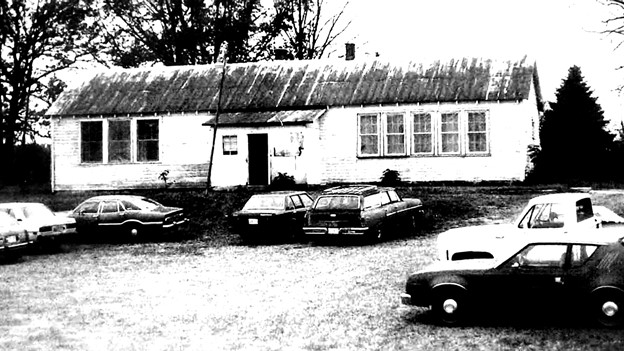
The old Pleasant View Church, which Green attended with his grandmother as a child, is still used for special commemorative services. “When I walk into the building, I love to look down at the floorboards underneath the pews,” Green said. “You can feel the grooves of the high heels that women had worn, that dug into the floor … And when people got particularly moved by the Holy Spirit, they got up and clapped. I sat there waiting to see who would be moved by the message or the music. It was always a special feeling about being in that space.”
For more information on “Finding Fellowship” and the Pleasant View Historical Association, visit https://findingfellowship.film/.


